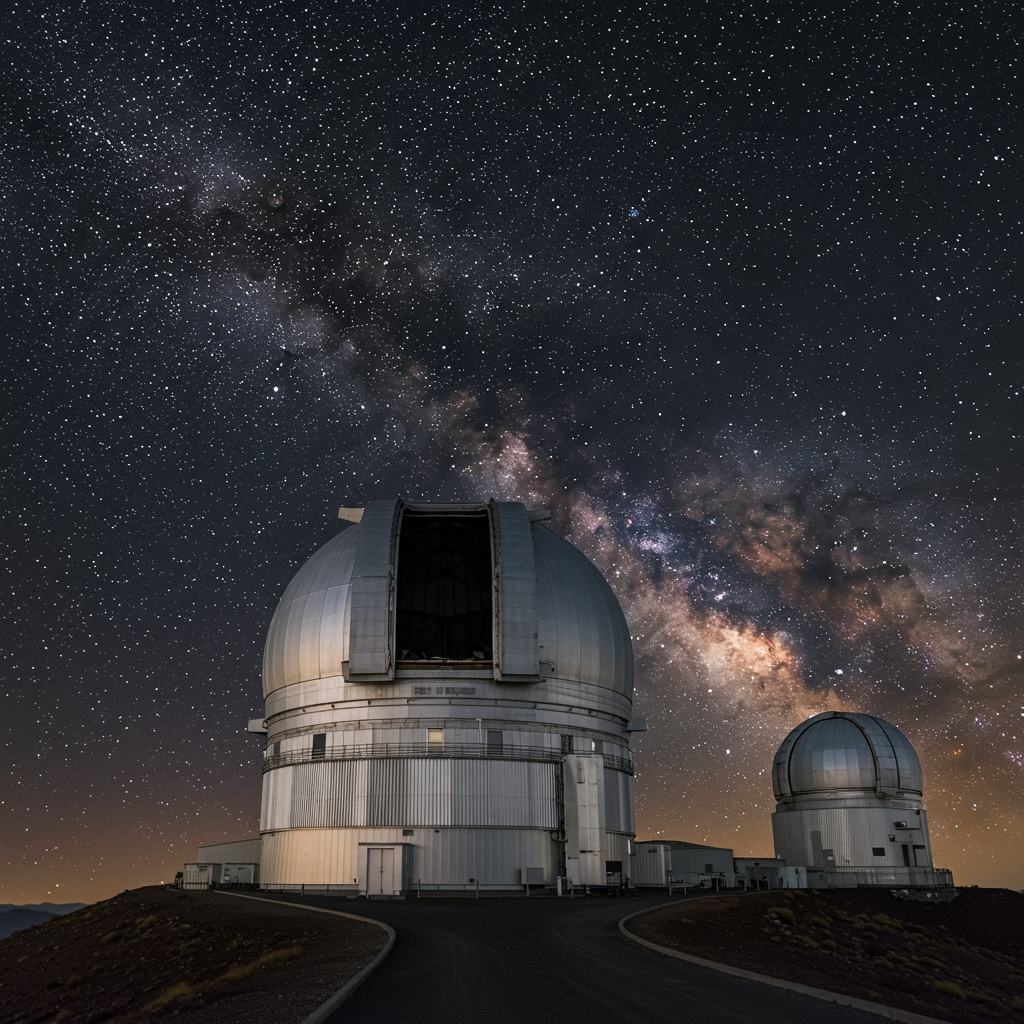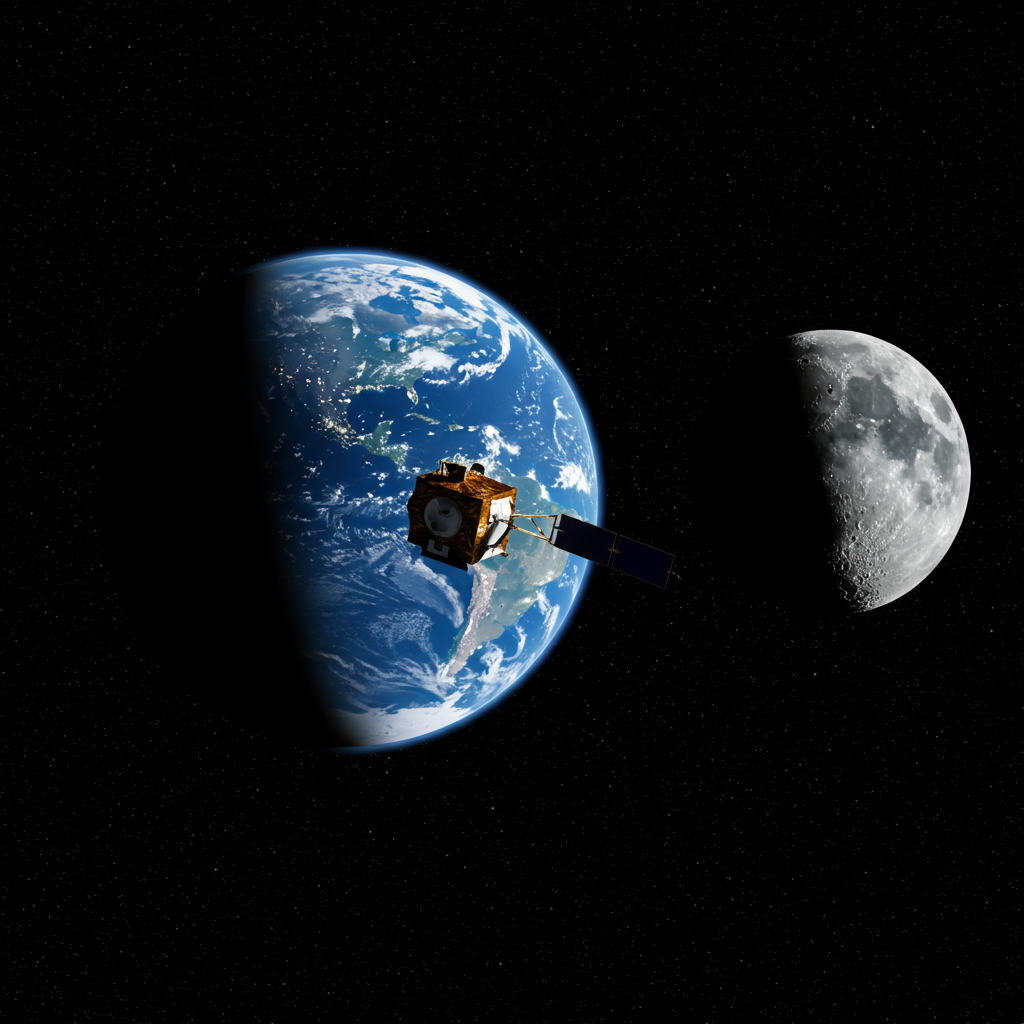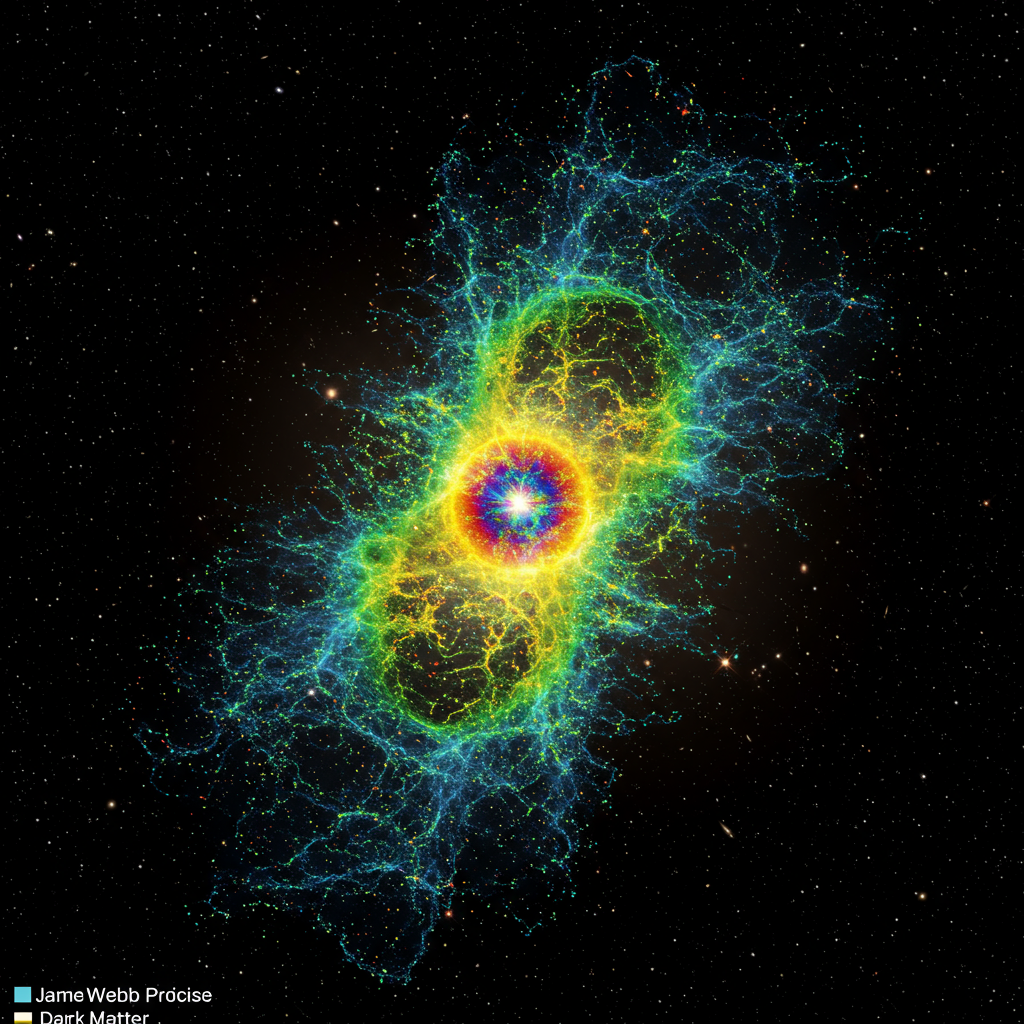A breathtaking celestial event captivated residents across several southeastern U.S. states on June 26, 2025. A brilliant fireball streaked across the midday sky, prompting widespread reports and sparking intense curiosity. This spectacular phenomenon, initially a mystery to many, was quickly identified as a natural space rock – a large meteor known as a bolide – dramatically entering and breaking apart in Earth’s atmosphere.
Eyewitness accounts flooded in from Alabama, Tennessee, Georgia, North Carolina, and South Carolina shortly before noon. People described seeing a dazzling, fast-moving object trailing light or smoke. The sudden appearance of such a bright object in broad daylight made the event particularly striking and memorable for those who witnessed it. Many shared their videos and photos online, using hashtags like #fireball and #meteor.
What Caused the Fiery Display?
The object was confirmed by NASA’s Meteoroid Environments Office to be a bolide. This term refers to an exceptionally bright meteor that often explodes in the atmosphere. Unlike typical meteors that are faint and quickly burn up unnoticed, a bolide is significantly larger and brighter. This particular bolide was designated #681 detected this year, although daylight visibility of this intensity remains a rare occurrence.
NASA analysis, led by Bill Cooke, indicated the object was likely a fragment originating from an asteroid. Estimates suggest it measured approximately three feet in diameter and weighed over a ton. The sheer speed of its atmospheric entry contributed to the dramatic display. The meteor entered Earth’s atmosphere traveling at a remarkable speed of 30,000 miles per hour.
The Moment of Disintegration
As the massive meteor hurtled through the atmosphere, the intense friction caused it to heat rapidly and fragment. This violent process released an immense amount of energy. Experts estimate the explosive force was equivalent to detonating 20 tons of TNT. This powerful disintegration is what produced the dazzling fireball visible across hundreds of miles.
The atmospheric entry and fragmentation happened rapidly. According to NASA’s tracking based on satellite data and eyewitness reports, the bolide entered the atmosphere about 48 miles above Oxford, Georgia. It traveled southwest before disintegrating around 27 miles above West Forest, Georgia. This trajectory and rapid breakup highlight the immense kinetic energy involved in such events.
The Boom That Shook the Region
Accompanying the visual spectacle for many residents was a powerful sonic boom. This loud explosion-like sound was widely heard and felt across parts of the affected states. The rapid release of energy and the shockwave created as the meteor broke the sound barrier produced this auditory effect.
Many residents initially mistook the sonic boom and accompanying ground vibrations for an earthquake. Officials quickly ruled out seismic activity. The sound was a direct result of the bolide’s explosive fragmentation high above the ground. This confusion highlights the public’s unfamiliarity with such atmospheric phenomena and the need for clear, rapid communication from authorities like NASA and meteorological services.
How the Event Was Tracked
Besides numerous eyewitness accounts, scientific instruments also captured the event. Satellite-based lightning detection systems, typically used to monitor thunderstorms, registered an unusual flash in cloud-free skies. NOAA’s GOES East (GOES-19) satellite also observed the event from space, providing valuable data for analysis.
The American Meteor Society (AMS) logged over 100 reports from affected states, with concentrations in areas like South Carolina’s Spartanburg, Greenville, and Anderson counties. These reports, coupled with satellite and weather radar data, helped scientists determine the object’s path and nature. Experts from the AMS classified this event as a rare “daytime fireball,” noting the challenges and scientific opportunities presented by observing such phenomena in bright daylight.
Potential for Ground Fragments
A significant question following any bolide event is whether fragments, or meteorites, reached the ground. While much of the meteor vaporized high in the atmosphere, larger or tougher pieces can sometimes survive the fiery descent.
There was at least one report of potential property damage in Henry County, Georgia. A resident reported what may have been a meteor fragment crashing through their roof. While this report is currently pending formal confirmation and analysis by local authorities and NASA, it underscores the possibility of fragments reaching the surface even from objects of this size. Authorities in other areas, like Anderson County, South Carolina, also initiated searches for potential debris, although none had been conclusively found at the time. The investigation into any potential fragments is crucial for understanding the composition and resilience of these space rocks and informing planetary defense strategies.
Meteors vs. Space Debris
While this event was identified as a natural meteor (a piece of asteroid), it’s important to note that sometimes fiery streaks in the sky are caused by human-made space debris re-entering the atmosphere. Experts distinguish between the two based on characteristics like duration, speed, and fragmentation patterns. Natural meteors typically burn up much faster and are often quicker than re-entering artificial objects. This Southeast event’s speed and brief, explosive nature were consistent with a natural bolide.
Broader Implications and Ongoing Interest
The daytime fireball over the Southeast US wasn’t just a fleeting spectacle; it sparked significant scientific interest and public fascination. Events like this provide researchers with valuable data on asteroid composition, atmospheric entry dynamics, and the potential for ground impact.
Beyond the science, the widespread public reaction highlights our enduring wonder about the cosmos. It serves as a reminder that our planet exists within a dynamic solar system, constantly interacting with objects from space. While most incoming meteors are small and harmless, larger events like this underscore the importance of ongoing space surveillance and planetary defense initiatives. The investigation into any potential fragments also contributes vital information to these efforts.
The event prompted conversations about how such occurrences are communicated to the public. The confusion with an earthquake highlighted the need for clear, timely information from scientific and emergency agencies to prevent unnecessary alarm and educate the public about natural phenomena. As investigations into any potential ground impact continue, the event remains a compelling blend of scientific study and awe-inspiring natural power.
Frequently Asked Questions
What caused the loud boom and shaking many people felt during the fireball event?
The powerful boom and shaking were caused by a sonic boom created as the large meteor, or bolide, entered the atmosphere at high speed and violently fragmented. This process released significant energy, generating a shockwave that was heard and felt across several states, leading some to initially believe it was an earthquake.
How fast was the meteor traveling, and how big was it before it broke up?
According to NASA’s analysis, the bolide was estimated to be about three feet in diameter and weighed over a ton. It entered Earth’s atmosphere at an incredible speed of 30,000 miles per hour before heating up and disintegrating high above Georgia.
Is it possible meteor fragments from this event hit the ground?
Yes, while most of the bolide vaporized during its atmospheric entry, it is possible that some fragments, known as meteorites, survived the descent and reached the ground. There was one report of a potential fragment causing damage in Henry County, Georgia, though formal confirmation is pending. Authorities in some areas searched for debris, but no conclusive fragments had been located at the time of reporting.
Conclusion
The spectacular daytime fireball witnessed across the Southeast US on June 26, 2025, was a vivid reminder of the dynamic nature of our solar system. Confirmed as a natural bolide approximately three feet wide, its fiery entry and explosive fragmentation high above Georgia produced a stunning visual display and a widely felt sonic boom. While relatively large bolides are detected throughout the year, the rare daytime visibility and widespread public reporting made this event particularly noteworthy. Investigations into potential ground fragments continue, contributing valuable data to both scientific understanding and planetary defense efforts. The event captivated onlookers and served as a compelling point of connection between Earth residents and the vast cosmos above.
Word Count Check: 1001




